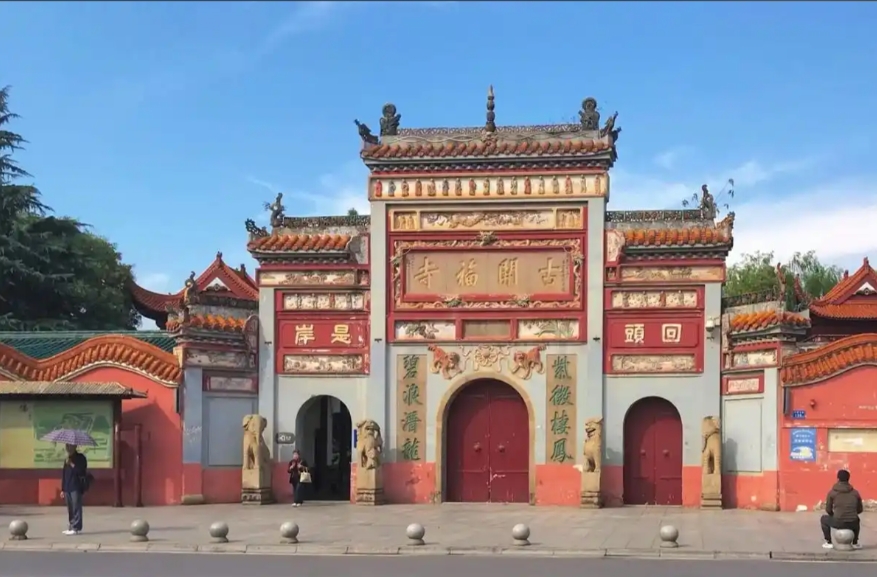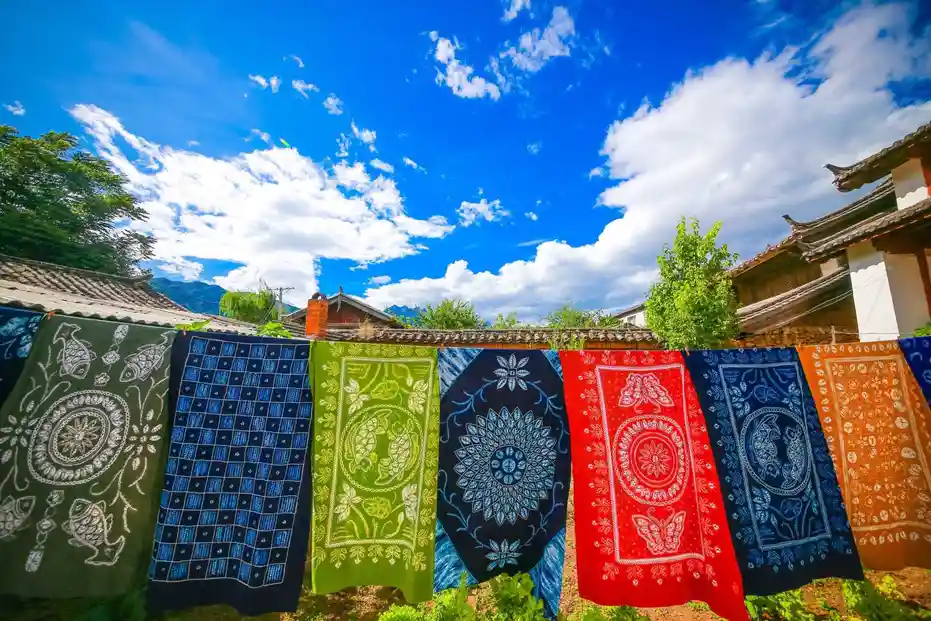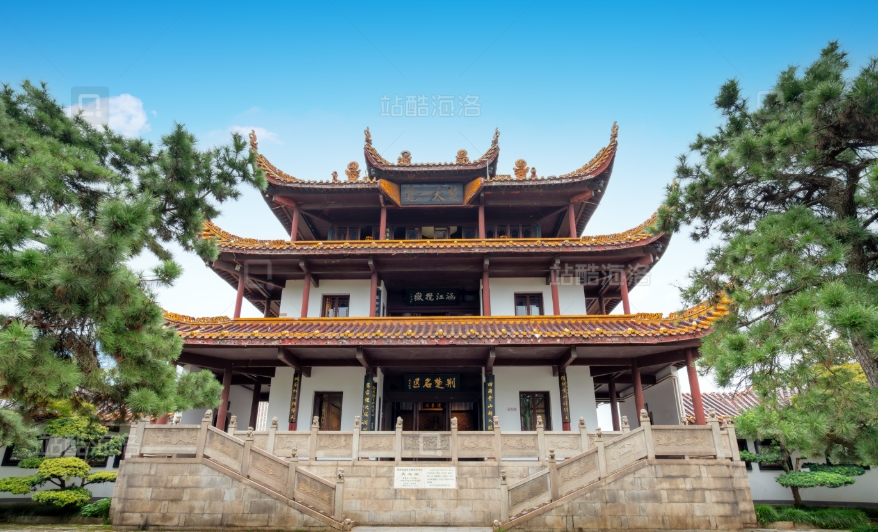Introduction: Discovering a Hidden Gem in Central China
If you’re planning a trip to Hunan Province, don’t miss the chance to explore one of its most culturally significant sites. This temple offers more than just spiritual reflection — it’s a window into centuries of history and architectural evolution.
In this comprehensive guide, we’ll take an in-depth look at the temple’s origins, examine its unique design features, and provide practical advice for visitors. Whether you’re a history enthusiast or simply seeking meaningful travel experiences, this article will equip you with everything needed to make the most of your visit.
The Historical Roots of Changsha Kaifu Temple
This sacred site traces its origins back over a thousand years, serving as both a religious center and cultural landmark throughout various dynastic periods. The earliest records indicate construction began during the Tang Dynasty, though major expansions occurred later under Ming and Qing rulers.
Over time, the temple complex has witnessed numerous renovations and restorations, each reflecting the artistic styles and spiritual philosophies of their respective eras. Despite facing challenges through wars and political changes, dedicated monks and local communities have preserved its core identity.
- Founded during the Tang Dynasty (618–907 AD)
- Major reconstruction under Ming Dynasty rule
- Designated as protected cultural heritage site
Today, visitors can still see original stone carvings and wooden structures that survived multiple centuries. These elements offer valuable insight into traditional Chinese temple architecture and Buddhist practices as they evolved in central China.
Architectural Features That Tell a Story
Walking through the temple grounds reveals a carefully planned layout following traditional feng shui principles. The main halls align along a central axis, with auxiliary buildings arranged symmetrically to create balance and harmony.
One standout feature is the grand entrance gate adorned with intricate woodwork depicting mythical creatures and auspicious symbols. Inside, visitors encounter beautifully painted eaves and golden statues representing key Buddhist figures.
| Structure | Significance |
|---|---|
| Main Hall | Houses primary Buddha statue |
| Dharma Hall | Venues for teachings and ceremonies |
| Monk Dormitories | Residential quarters |
The use of courtyards and covered walkways allows natural light while maintaining a sense of tranquility. Visitors should pay particular attention to the lotus pond located near the eastern wing — not only does it enhance the scenery, but it also symbolizes purity within Buddhist teachings.
Cultural Significance Through the Ages
Beyond its physical beauty, the temple has played a crucial role in shaping regional culture and spirituality. Throughout history, it served as an educational center where monks studied scriptures and trained younger generations in meditation practices.
Local legends tell of famous scholars and officials who visited seeking wisdom or solace during difficult times. Some even stayed temporarily to practice mindfulness away from worldly distractions.
Festivals held at the temple attract thousands annually, featuring:
- Buddha’s Birthday celebrations
- Ullambana Festival observances
- New Year prayer gatherings
These events highlight how the temple continues to serve both religious and social functions in modern times. They offer visitors a rare opportunity to witness authentic rituals performed by resident monks using techniques passed down for generations.
Travel Tips for First-Time Visitors
Planning your first visit requires some preparation to ensure a smooth experience. The temple welcomes guests daily from early morning until sunset, though specific hours may vary slightly depending on season.
Here are essential guidelines to keep in mind:
- Dress modestly when entering main halls
- Remove shoes before entering certain areas
- Photography rules may apply inside sanctuaries
Consider arriving early to avoid crowds and enjoy quieter moments for reflection. Weekends and holidays tend to be busiest, so plan accordingly if you prefer less crowded conditions.
Guided tours are available in multiple languages, providing deeper context about historical background and symbolic meanings behind architectural details. Independent travelers can rent audio guides at the entrance for self-paced exploration.
Connecting With Local Traditions
Visitors interested in immersing themselves further can participate in short-term meditation sessions offered by the temple community. These programs range from single-day introductions to week-long retreats focusing on mindfulness techniques rooted in Theravada Buddhist traditions.
Tea ceremonies hosted in the monastery garden offer another way to engage with local customs. Participants learn proper etiquette while enjoying hand-picked oolong teas grown in nearby plantations.
Those wishing to contribute meaningfully might consider making offerings at the donation box located near the main hall. While not required, such gestures support ongoing maintenance efforts and help preserve this historic site for future generations.
Nearby Attractions Worth Exploring
Changsha offers many other interesting destinations within easy reach of the temple area. History buffs should prioritize a visit to Yuelu Academy, one of China’s oldest institutions of higher learning dating back to 976 AD.
Nature lovers will appreciate the scenic paths of Yuelu Mountain, accessible via cable car or hiking trails leading directly from the city center. At the summit stands the iconic Aiwan Pavilion, offering panoramic views across Xiang River.
For those interested in modern urban life, walking along Huangxing Road Pedestrian Street provides exposure to contemporary shopping districts and street food vendors serving local specialties like stinky tofu and Hunan-style rice noodles.
Maintaining Respectful Conduct During Your Visit
Understanding proper behavior shows appreciation for local customs and enhances personal experiences. Always follow posted signs regarding restricted zones or photography policies.
Avoid loud conversations near meditation spaces and refrain from touching sacred objects unless explicitly invited to do so. If uncertain about appropriate conduct in specific situations, observe how locals behave and follow their example.
Remember that residents live here full-time according to strict monastic rules. Maintaining quietness and showing patience goes a long way toward fostering positive interactions between visitors and the temple community.
Conclusion: A Journey Through Time and Culture
Exploring this historic temple offers more than just sightseeing opportunities — it provides meaningful connections with China’s rich spiritual heritage. From ancient architecture to vibrant festivals, every aspect tells stories spanning over a millennium.
By approaching your visit thoughtfully and respectfully, you’ll gain deeper appreciation for both the site itself and broader cultural context surrounding it. Take time to absorb surroundings fully rather than rushing through highlights.
Whether traveling solo or with companions, allow space for personal reflection amid serene environments found within these sacred grounds. Doing so ensures lasting memories beyond typical tourist experiences while honoring traditions maintained by devoted caretakers across generations.



